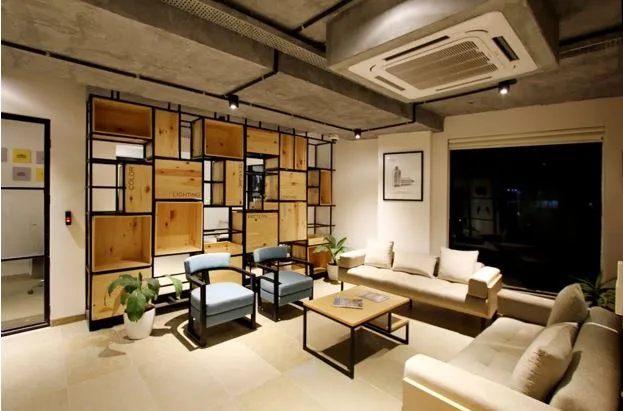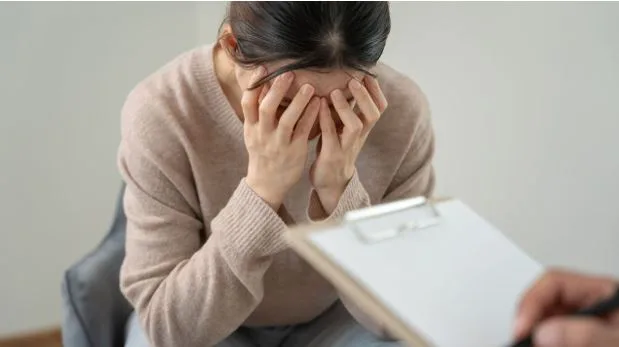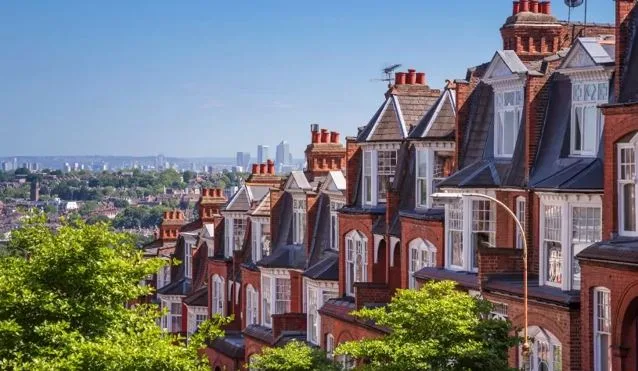Future-Proofing Homes: Sustainable Cooling for a Growing City
Have you ever felt like the summer heat just keeps getting worse each year? If you live in a growing urban area like Los Angeles, you’re not imagining it. Cities continue to expand, temperatures are rising, and homes need to keep up. That means we need smarter, cleaner, and more sustainable ways to keep our homes comfortable.
In this blog, we will share practical and energy-efficient solutions that help cool your home while keeping the planet in mind.
Understanding Urban Heat and Its Impact on Homes
Urban areas trap heat due to the high number of buildings, roads, and vehicles. This creates what’s known as the “urban heat island” effect. In places like Los Angeles, this means summer temperatures can be several degrees hotter than those in nearby rural areas. When cities grow and trees get replaced by concrete, this heat effect worsens. It leads to increased use of air conditioning, putting more pressure on energy systems and raising utility bills.
This added heat doesn’t just make people uncomfortable; it affects health, too. Vulnerable groups like the elderly or young children are especially at risk. As neighborhoods continue to develop, it’s important for homeowners to think about long-term solutions. Cooling needs shouldn’t just be about comfort—they should support health and well-being. Cities need homes that stay cool without harming the environment.
Why Traditional Cooling Isn’t Sustainable Anymore
For decades, people have relied on central air conditioning and window units. While these methods work, they come with downsides. Traditional AC systems often run on fossil fuels and consume a lot of electricity. In a city like Los Angeles, where many homes run their AC all day during the summer, energy costs quickly rise. Relying heavily on these systems is no longer practical or affordable for many families.
This is where the conversation around sustainable systems begins. If you’re looking for an AC Los Angeles professional, it’s important to choose someone who understands both energy efficiency and the unique climate challenges of the area. A qualified local technician can help you pick the right cooling system for your home, whether that means upgrading your current unit or installing a newer, eco-friendly model. They can also guide you on zoning systems, smart thermostats, and maintenance plans that improve performance and reduce energy costs.
Smart Home Cooling Technology Is Leading the Way
Smart thermostats and cooling systems are changing how people manage indoor comfort. These tools allow homeowners to control temperature through their phones or smart devices. You can schedule cooling times, monitor usage, and avoid overcooling. This helps reduce your energy bill and supports sustainability. For families trying to cut down on expenses, these smart systems offer more control.
Besides being easy to use, smart cooling solutions often connect with other energy-saving devices. Some homes link their smart thermostat to solar panels or home insulation systems. This allows the entire home to work together to stay cool. These tech-based solutions are perfect for modern families who want better control over energy use without sacrificing comfort.
Green Roofs and Cool Roofs Are Gaining Popularity
Green roofs and cool roofs are growing trends in urban housing. A green roof is covered with plants and soil, helping absorb sunlight and reduce the heat entering your home. Not only do they cool the space below, but they also improve air quality and reduce rainwater runoff. In cities, this makes a huge difference. Green roofs help reduce the overall heat effect while adding beauty to your home.
Cool roofs use special reflective materials that bounce sunlight away from your home. This lowers the surface temperature of your roof and reduces how much heat your home absorbs. These materials can be installed on existing roofs and often come with energy rebates. Choosing a cool roof is a great way to make a big change without needing a full home remodel.
Using Shade and Landscaping for Natural Cooling
Simple changes in your yard or outdoor space can reduce the need for artificial cooling. Trees, shrubs, and vines provide natural shade. When placed near windows or on the sunny side of the house, they block direct sunlight from heating up your interior. Trees also cool the air around your home through a process called transpiration. This natural method supports the environment while keeping you cool.
You can also use structures like pergolas, awnings, or shade sails to protect your home from the sun. Adding shade to patios or windows means less heat enters your home in the first place. These design features don’t use any energy and can make outdoor areas more enjoyable, even on the hottest days. Landscaping with cooling in mind is a smart move for growing cities.
Better Home Insulation Makes a Big Difference
Insulation doesn’t just help in winter—it’s a major factor in staying cool during the summer. Proper insulation keeps cool air inside and blocks the heat from entering. This means your AC doesn’t have to work as hard, which saves energy and lowers your bill. Homes with poor insulation often lose cool air through the roof, windows, or walls, making it harder to maintain a comfortable temperature.
Investing in updated insulation materials like spray foam, cellulose, or even recycled denim can help. These materials are often better at trapping air and reducing heat transfer. Sealing gaps around windows, doors, and attics is another easy fix that boosts performance. For a city with growing energy needs, better insulation is one of the most effective upgrades you can make.
In conclusion, staying cool in a growing city doesn’t mean using more energy—it means using smarter solutions. With rising temperatures, traditional cooling systems can’t keep up without harming the environment or costing a lot. By using smart technology, better insulation, natural shading, and solar energy, we can create homes that are comfortable and future-ready. It’s about making thoughtful changes that help your home, your wallet, and the planet. As more people move to cities and the demand for cooling rises, each of us can take steps to build a better, cooler future.





